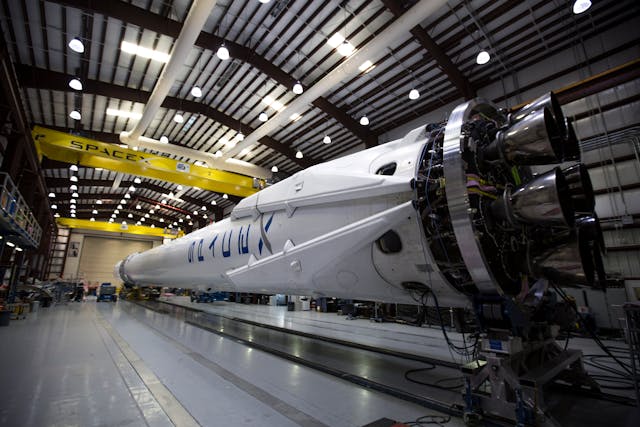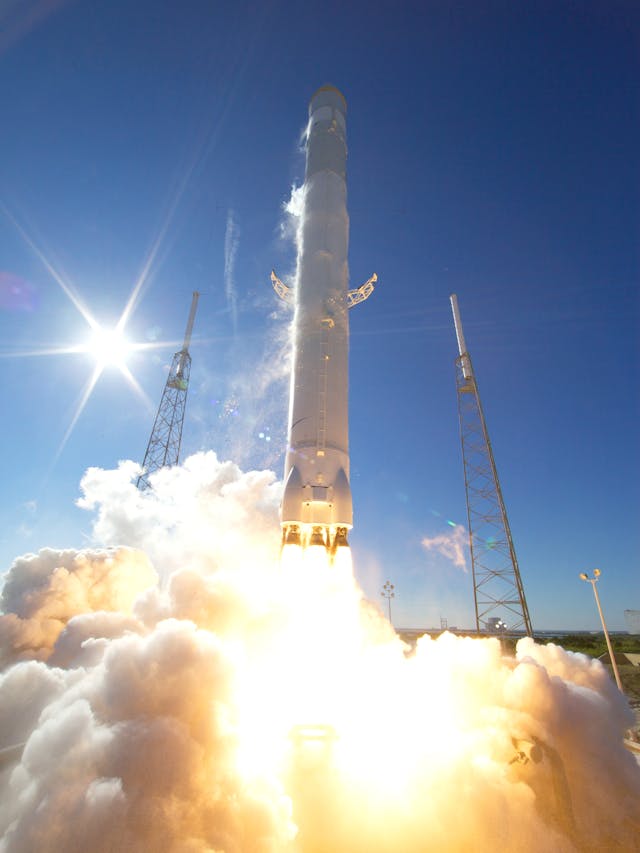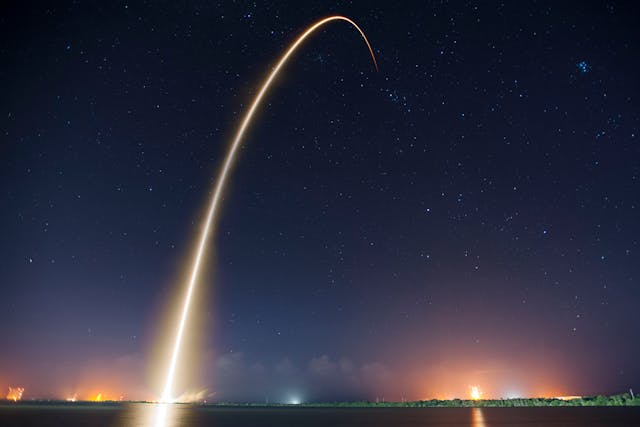Greetings from GertieBlu! Today, we’re embarking on an exciting journey into one of the most groundbreaking companies of our time—SpaceX. You might know them as the team behind those incredible rocket launches, but there’s so much more to what they do. Let’s take a closer look at how SpaceX is reshaping the future of space travel and exploration.
What is SpaceX?
Founded in 2002 by visionary entrepreneur Elon Musk, SpaceX (Space Exploration Technologies Corp.) has a mission that’s both ambitious and inspiring: to reduce the cost of space travel and make human life multi-planetary. In simpler terms, Musk and his team want to make it easier (and cheaper) to travel into space, and eventually, establish a human settlement on Mars. That might sound like science fiction, but SpaceX is making incredible progress toward this dream.
Rockets That Return: The Falcon Series
One of the most innovative things SpaceX has done is create rockets that are reusable. Traditionally, rockets were one-use machines, burning up or crashing into the ocean after launching a satellite or spacecraft into orbit. SpaceX changed this by developing the Falcon 9, a two-stage rocket designed to be reusable. The idea is that, just like airplanes, rockets should be able to fly multiple times to cut down on costs. The Falcon Heavy, an even more powerful version, can carry larger payloads to orbit and beyond. Watching these rockets return to Earth and land vertically, either on a drone ship in the ocean or back at the launch site, is like something out of a sci-fi movie.
By mastering reusability, SpaceX is driving down the cost of launching payloads into space, which opens the door to a range of new possibilities for space exploration, communication, and even scientific research.
The Dragon Spacecraft: Carrying Cargo and Crew
Another key part of SpaceX’s innovation is the Dragon spacecraft. Initially designed to carry cargo to the International Space Station (ISS), Dragon has evolved into a spacecraft capable of carrying humans as well. In May 2020, SpaceX made history when the Crew Dragon successfully transported NASA astronauts Doug Hurley and Bob Behnken to the ISS—marking the first time a private company sent humans into space.
Dragon is also designed with Mars in mind. Elon Musk envisions future missions using Dragon to send humans to the Red Planet and beyond.

Starship: The Future of Space Travel
While the Falcon series and Dragon spacecraft are impressive, SpaceX’s real game-changer is its Starship project. Starship is a fully reusable spacecraft designed to take humans to the Moon, Mars, and potentially even farther. The idea is that Starship will be able to carry large numbers of passengers and cargo, making space travel more accessible and sustainable.
What makes Starship particularly unique is its size and vision. It’s designed to be a one-size-fits-all solution for deep space exploration, space tourism, and interplanetary colonization. The potential for Starship to revolutionize not just space travel, but life on other planets, is enormous.
The Role of Starlink: Internet from Space
SpaceX isn’t just focused on rockets and spaceships; they’re also working on a project called Starlink—a satellite internet constellation. The goal is to provide high-speed internet access to even the most remote corners of the globe by launching thousands of small satellites into low Earth orbit.
Starlink is already changing lives in areas with little or no internet infrastructure, providing reliable connectivity where it wasn’t possible before. This is also a key part of funding future space exploration, as the revenue generated from Starlink is helping SpaceX finance its Mars ambitions.
The Mars Mission: Humanity’s Next Big Leap
Perhaps the most ambitious part of SpaceX’s mission is their goal to send humans to Mars. Elon Musk envisions a future where humanity becomes a multi-planetary species, starting with the colonization of Mars. Why Mars? Well, it’s the most Earth-like planet in our solar system, and while living conditions would be far from easy, Musk believes that building a self-sustaining colony on Mars is not just possible, but essential for the survival of humanity.
“We want sci-fi to be real, not just fiction forever”—Elon Musk
SpaceX is working on this with Starship as its vehicle of choice for long-distance travel and cargo transportation. The goal is to establish a human presence on Mars within the next decade or two, with the hope that one day, Mars will be home to thriving human communities.
The Impact on Space Exploration
SpaceX’s contributions to space exploration can’t be understated. By driving innovation, lowering costs, and developing new technologies, SpaceX has reignited interest in space travel for the modern era. What was once the domain of government agencies like NASA is now open to private companies, partnerships, and potentially, everyday people like us.
Their partnerships with NASA, missions to the ISS, and future plans for Mars and beyond have inspired millions around the world to dream bigger when it comes to space. While there are still challenges ahead, SpaceX has already achieved so much in a short amount of time, proving that the stars are closer than we think.

Final Thoughts
SpaceX is redefining the future of space exploration. From reusable rockets to the colonization of Mars, they’re laying the groundwork for humanity’s next great adventure. Their innovations are not just about reaching for the stars but also about improving life on Earth, whether it’s through global internet access or breakthroughs in sustainable space travel. It’s a thrilling moment in history, and SpaceX is leading us into an era where the final frontier is within our grasp.
Stay tuned for more on the innovations and companies shaping the world of tomorrow.
Thank you for reading GertieBlu!









